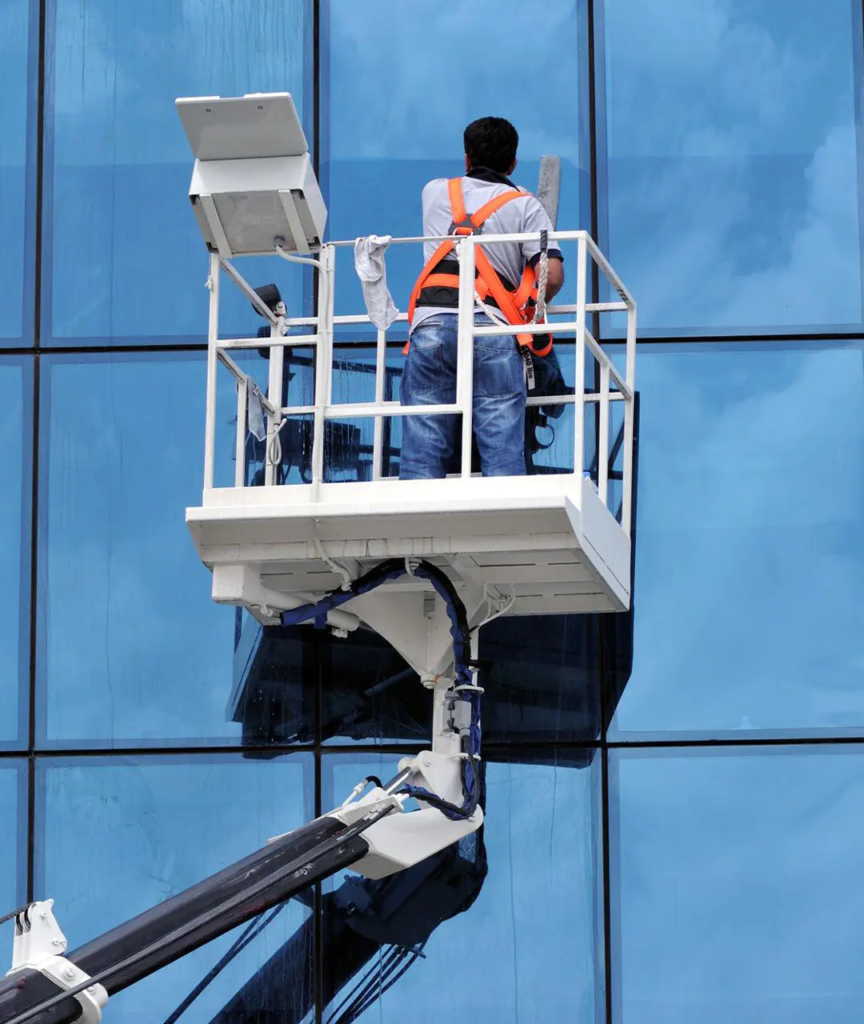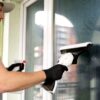Silicon Replacement
Silicon Replacement are crucial in the construction and maintenance of buildings in Dubai. Given the extreme temperatures, high humidity, and occasional sandstorms, proper silicone application and maintenance are essential for ensuring the longevity and integrity of structures. This article outlines the best practices for silicone replacement in Dubai buildings, providing valuable insights for construction professionals and property managers.
Understanding the Importance of Silicone in Building Maintenance
Silicone sealants are used extensively in Dubai’s construction industry for their durability, flexibility, and weather-resistant properties. They play a vital role in sealing joints, windows, and other building components, preventing water ingress, and maintaining thermal insulation. Over time, however, these sealants can degrade due to environmental factors, making timely replacement crucial.
Assessing the Condition of Existing Silicone Sealants
Before replacing silicone sealants, it’s essential to conduct a thorough assessment of the current condition. Look for signs of wear and tear such as cracking, peeling, or discoloration. Water leaks, drafts, and visible gaps are also indicators that the sealant needs replacement. Regular inspections, especially before and after the harsh summer months, can help identify problem areas early.

Choosing the Right Silicone Sealant
Selecting the appropriate silicone sealant is crucial for the success of the replacement project. Factors to consider include:
- Environmental Conditions: Given Dubai’s climate, choose a sealant that can withstand extreme temperatures and UV exposure.
- Building Material Compatibility: Ensure the sealant is compatible with the materials it will bond to, such as glass, metal, or concrete.
- Movement Capability: Consider the expected movement of the building joints and select a sealant with the appropriate elongation and compression properties.
Preparing the Surface
Proper surface preparation is critical for achieving a strong and lasting bond. Follow these steps:
- Remove Old Sealant: Use a utility knife or a specialized sealant removal tool to carefully cut away the old silicone. Avoid damaging the underlying surfaces.
- Clean the Surface: Thoroughly clean the joint area to remove dust, debris, and any residual sealant. Use a suitable solvent if necessary.
- Dry the Surface: Ensure the surface is completely dry before applying the new sealant. Moisture can compromise adhesion and lead to premature failure.
Applying the New Silicone Sealant
When applying the new silicone sealant, follow these best practices:
- Use a Quality Caulking Gun: Invest in a high-quality caulking gun for consistent application. Ensure the nozzle size matches the width of the joint.
- Apply in Smooth, Continuous Beads: Apply the sealant in a steady, continuous bead to avoid gaps and ensure even coverage. Maintain a consistent pressure on the trigger.
- Tool the Sealant: After applying the sealant, use a tool or your finger (dipped in soapy water) to smooth and shape the bead. This ensures better adhesion and a clean finish.
- Observe Curing Time: Allow the sealant to cure as per the manufacturer’s instructions. Avoid exposing the joint to water or extreme conditions during this period.
Post-Application Inspection and Maintenance
Once the new sealant is applied, conduct a thorough inspection to ensure it has adhered properly and there are no gaps or inconsistencies. Regular maintenance checks are essential to identify any early signs of degradation and address them promptly.
Environmental and Safety Considerations
When replacing silicone sealants, it’s important to consider environmental and safety factors:
- Proper Disposal: Dispose of old sealant materials and containers responsibly, following local regulations.
- Ventilation: Ensure adequate ventilation when working with silicone sealants, especially indoors, to avoid inhaling fumes.
- Protective Gear: Wear appropriate protective gear, such as gloves and safety glasses, to protect against chemical exposure and physical injuries.

Conclusion
Silicone sealants play a crucial role in maintaining the structural integrity and aesthetic appeal of buildings in Dubai. Following the best practices outlined in this article can help ensure successful silicone replacement projects, prolonging the lifespan of buildings and enhancing their performance. Regular inspections, proper surface preparation, and careful application are key to achieving durable and effective sealant joints Silicon Replacement.
For professional assistance with silicone replacement and other building maintenance services in Dubai, visit NDT International. Our team of experts is equipped with the knowledge and experience to handle all your construction and maintenance needs.





